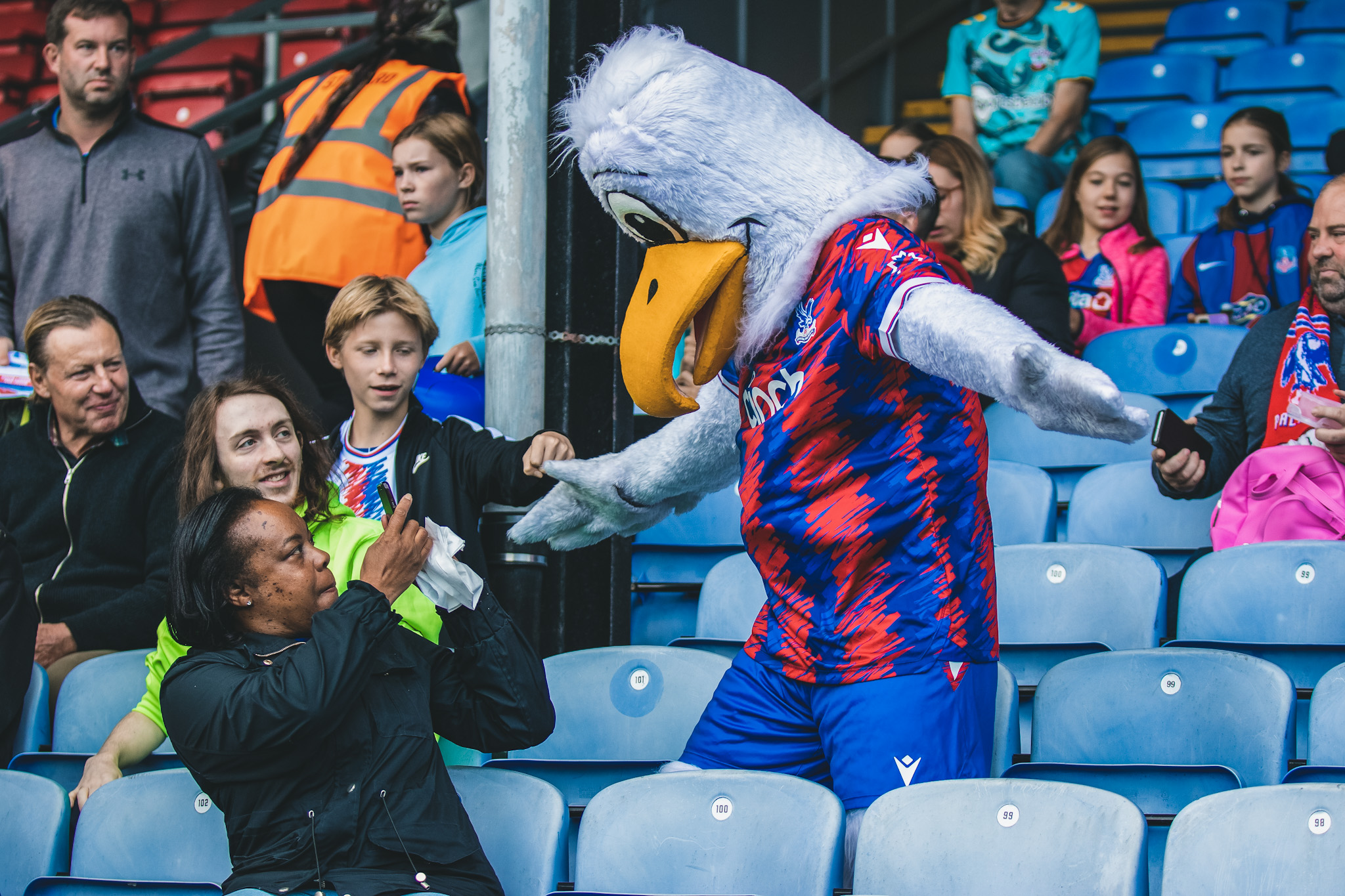Arsenal captain and Scotland international Kim Little boasts an envious anthology filled with acclaimed testimonials, statistics and accomplishments that affirm her as one of the greats.
Recently standing out as one of Team GB’s most notable figures at the Olympic games, she asserted once again that although she may be Little by name, her presence on the field is anything but.
Blazing out of the blocks aged sixteen, Little’s professional career began in 2006 in her native Scotland at, the then named Hibernian Ladies, competing in the Scottish Women’s Premier League. At an almost two to one ratio Little netted 88 goals in 48 appearances in her two years with the club, showcasing a raw and undisputed talent.
Unsurprisingly, interest in Little soon picked up and she joined North London giants Arsenal in 2008 where she remained until 2013. During this time, Little etched her name into league history with five consecutive prolific seasons, notching up 81 goals in 94 appearances for the gunners.
She then moved across the pond, following former Arsenal coach Laura Harvey to the National Women’s Soccer League to join Seattle Reign (now known as OL Reign) in 2014. Little’s impression in America was as remarkable as expected and she finished her first season in the States with the Golden Boot award, as well as being voted the league’s Most Valuable Player.
In 2015 Little moved on loan to Melbourne City and racked up another 9 goals in 12 appearances before settling on a return to the Women’s Super League. The formidable Scot arrived at The Arsenal afresh in 2017 and has since taken her tally to over 135 goals and over 200 appearances in red and white.
Internationally, Little’s career is no less illustrious. Similarly to her domestic pathway Little also made her senior debut for Scotland in 2006. So far, she has appeared 140 times for Scotland and has potted 59 goals. Little has twice been selected to represent Great Britain at the Olympics and the curtain on her run on the world stage does not show signs of falling any time soon.
Of course, a player of such calibre has rightly earned themself a fair amount of silverware. In amongst Little’s treasures nest no less than twenty-two titles, including the treble with The Arsenal. Little also has the individual honours of being the very first inductee to the PFA Women’s Player’s Player of the Year in 2013, being named FA Women’s Player of the Year in 2010 and winning BBC Footballer of the Year in 2016.
When considering a goalscoring record of over 250 domestic goals and 59 international goals, it becomes an outlandish notion to remind ourselves that Kim Little is a midfielder, not a forward. Yet the preposterous truly manifests upon realising that of all her attributes, Little’s ability to score ranks rather low on the pecking order.

In an offensive midfielder it is customary to expect a certain level of creativity to feed the forward line and initiative in actively participating in build-up play. In particular, the role of the number 10 requires a technical head with a degree of clever judgement to find space and to fill voids with sharp passing intricacies. Upon examining Little’s game, it quickly becomes clear that she does not merely occupy each of these skills, she masters them. In fact, what Little possesses is more than innate vision, it is more than ingenuity, it is artistry.
As a painter embellishes their canvas, Little enriches the field with every stroke of play. Every touch is handled with reverence, every dribble laced with finesse. Whether it is the purposeful drawing of defenders to appease up field congestion, a calculated cutback to defy a marker, an impeccable through ball, or a driven run into space to fire a 25-yard volley, Little meticulously details the pitch whilst retaining a signature originality. However, sophistication on the ball can fall almost meaningless if the match as a whole is not thoughtfully governed. Thankfully Little’s game management is exemplary.
Wise to the ebbs and flows a match can take, Little is able to adapt her approach to suit the system each game requires. Simply being observant to both opposing and allied dynamics whilst on the pitch is a skill within itself, and certainly not one that is grasped lightly. Yet herein lies Little’s greatest quality – awareness.
It is not a surface awareness of what might happen around her, it is a profound knowledge of each individual representing her team. Their strengths, their weaknesses, their habits and typical movements. An awareness that is not simply born from practice, but rather constructed from conscious and committed study. Having accumulated such a rich familiarity, Little is able to pull the strings as the ultimate puppeteer.
Justly wearing the captain’s armband, it must be noted that Little is not the most vocal of leaders. There is simple reason for this, she does not need to be. ‘Leading by example’ is a phrase that can be thrown around without too much care for substance, however here it is really the only expression that should be used.
With utter professionalism, poise and calmness, Little lets her feet do the talking. Knowing which battles to pick, she is careful to dispute official calls unnecessarily, nor does she allow frustration to overtake. Further to this, in times when the collective is rattled it is Little who keeps her foot on the pedal, Little who pulls through sloppy spells, Little who has the patience to claw back a spiralling phase. She is the linchpin, the very beating heart.
Unfortunately, and quite unforgivably, when a player is at the top of their game and remains there for so long, observers can almost become ignorant to the fact. The exquisite form borders on expected and the eye forgets to appreciate, blind to the spectacle it is beholding. However, one simply must not fall complacent to the effortlessly class act of Kim Little, for there may never be another quite as extraordinary.









